M-CUBE
An architectural platform for illegal migrants through a new physical and digitized intervention of embassy, market, and museum that brings more opportunities to the users and potential of the mercat
Mercat del Encants

Mercat del Encants: image from b720.com
Flea markets have become a part of the culture of Barcelona started as early in the 13th century. Through time, this activity became not only a simple exchange of transaction, but also an exchange of culture, identity, and experiences.
Particularly, the “Els Encants Vells” o Mercat dels Encants was created by merging of two markets at the end of the 19th century. The new market, now located in Glories, is a product of an architecture competition won by Fermín Vázquez Arquitectos held by the Ayuntamiento de Barcelona in 2013
Therefore, this political gesture had paved its way to the success of the Mercat del Encants. In addition, our group realized that there are still opportunities for this mercat to become more as we dug deeper.
Migration + Current System
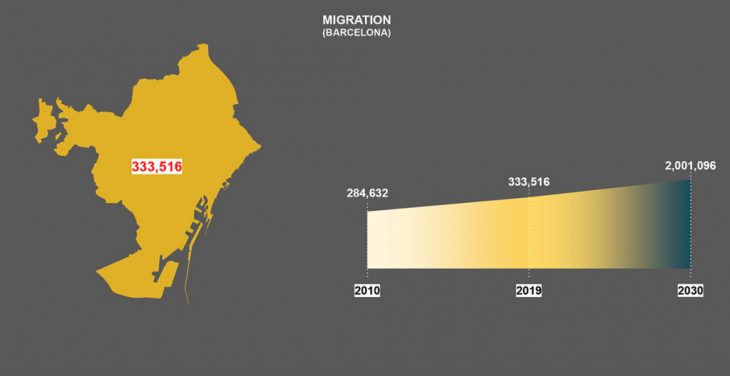
Barcelona Migration Rate
Migration in Barcelona is constantly increasing. Today, it is estimated to have around 300,000 migrants. In 2030, this number is expected to grow exponentially to approximately two million. Moreover, this is a case that one should not ignore especially most of these migrants are sellers of the mercat.
Now, how is the current system of the mercat and where does every agent of it stands?
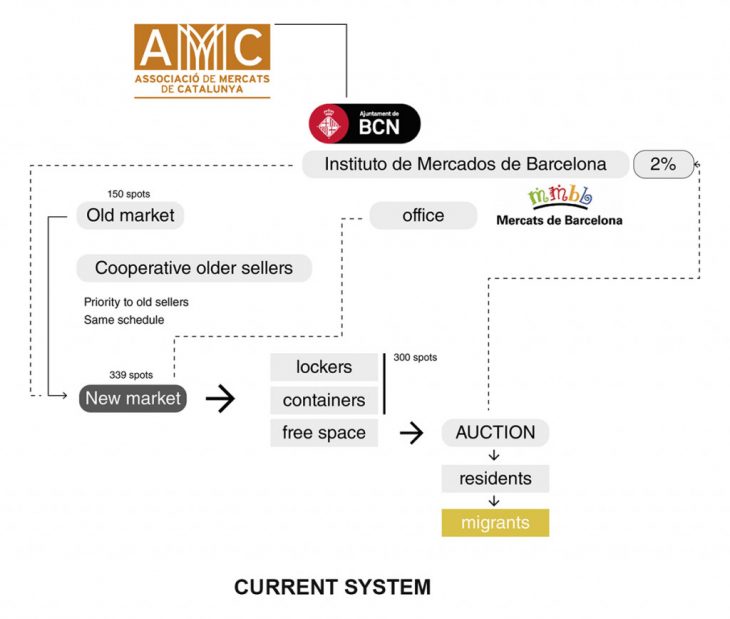
Current System
Firstly, part of the current system is that the old sellers were offered a spot in the new market. Secondly, it is divided into 3 different types of spaces (lockers, containers and free space located on the center ground of the market). Then 39 out of 339 spots are being auctioned to the residents of Barcelona. Now, these spaces are being sub-rented to illegal migrants that try to make a living through this activity.
Public Space?
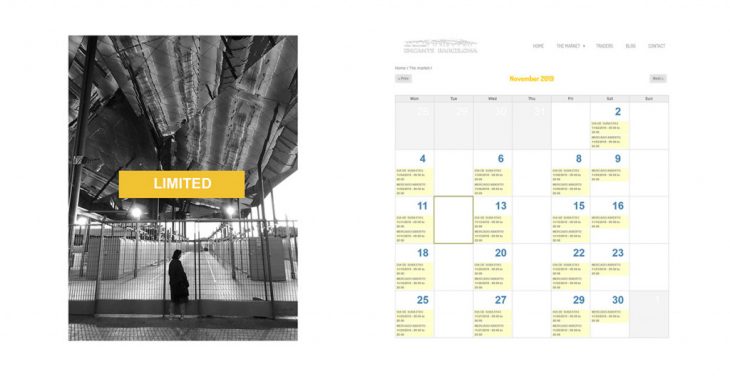
Limited Public Space + Market Schedule
Is the mercat really a public space?
Despite claiming multiple awards, the market could only offer its space 26% of the week to the public. Thus, this makes the area closed 74% of the time and inaccessible that is strengthened by the fences surrounding the structure.
Therefore, how can we connect these two seemingly distant opportunities? In addition, how can we create new possibilities without removing the essence of the market?
Open the gates!
Hence, our new proposed intervention take action in 2 different simple ways:
First, by filling the schedule and opening the market the rest of the week. What if the market would have a non stop use, how can the citizens benefit from it?
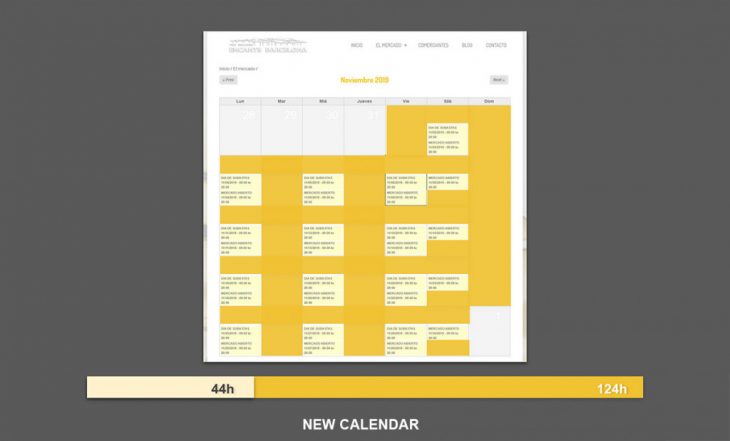
New Calendar
Lastly, by “hacking” the system through simplifying the network and connecting those migrants directly with the Ayuntamiento de Barcelona. Hence, making them a real part of the system.
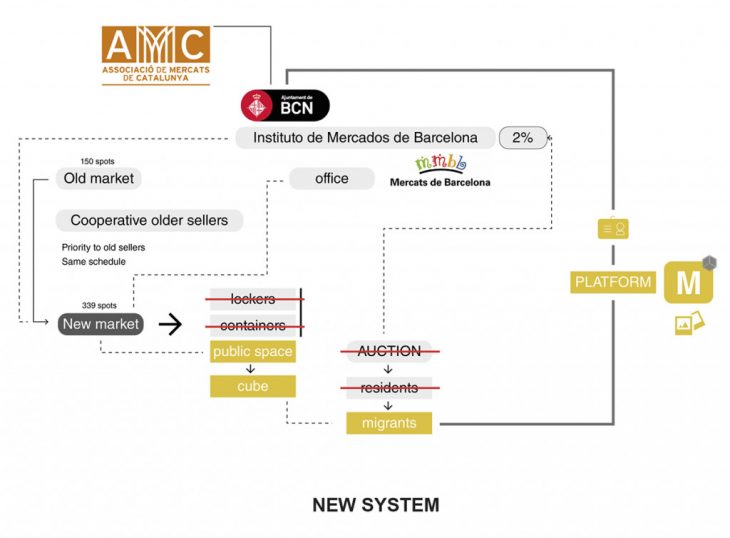
New System
How can we achieve that?
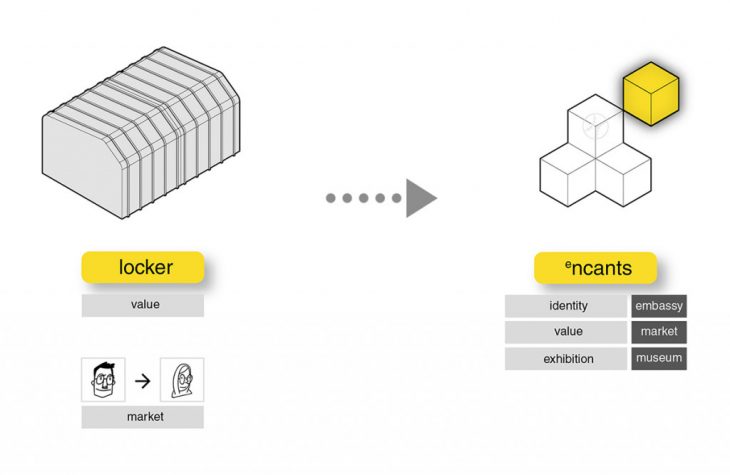
Existing use: A simple transaction of goods with a specific value through the rental of lockers, stalls, and free spaces.
Proposal: An extension of the function of the market being as a portal to identity and legitimization, and as an exhibition of goods.
The cube
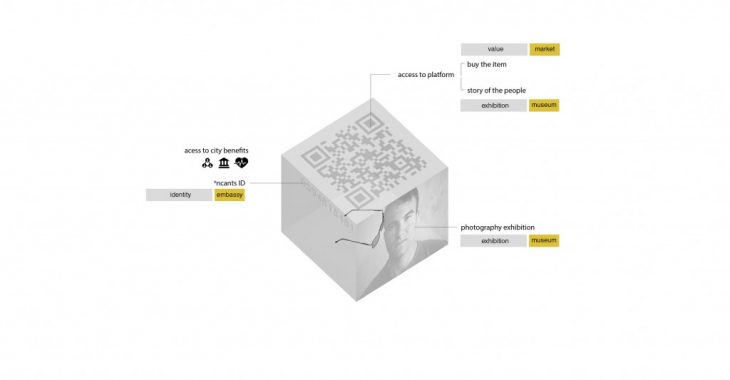
The cube
By giving them an encants ID through the act of selling, these migrants now become part of the system as legal individuals. In return, access to basic benefits also becomes easier compared to the current system where they could not acquire otherwise.
Furthermore, the object reflects as an identification of the presence of the person into the city. With this, the cost of the item would be symbolic. Also, the data it generates varies simultaneously as it is connected to the current situation of each individual. Through the act of purchasing an item, the city is not only helping them financially, but also establishing meaningful connections with them.
Therefore, the mercat now becomes a gigantic addressability space geared with real time data enclosed into individual cubes. Equally, it is also now becomes a museum of people telling the story of their lives through and object and data.
M-cube
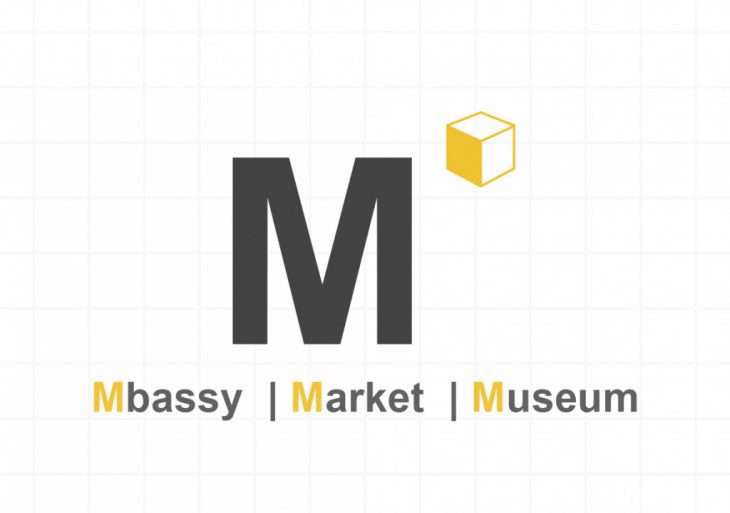
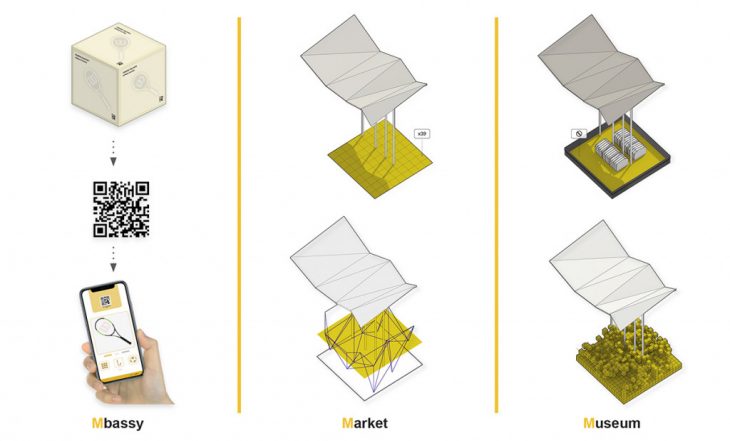
First, the concept of “pixelation” is formulated with the idea of transforming the lockers into cubes to maximize the number of sellers as much as possible.
In return, it extends the function of the current mercat into an informal public space that can hold multiple activities. Furthermore, it is a hub of stories and belongings of the unseen/unknown migrants that are an important layer on the infrastructure of the city of Barcelona.
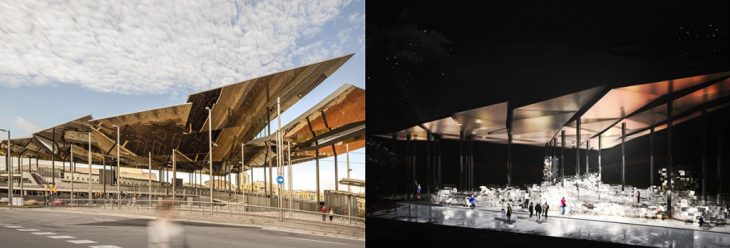
Street view: before and after
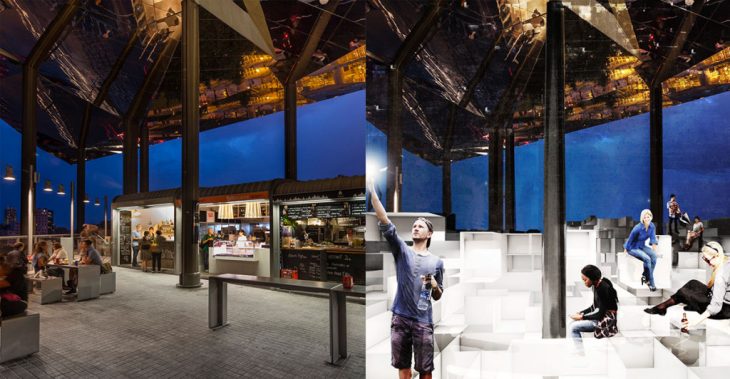
Interior space: before and after
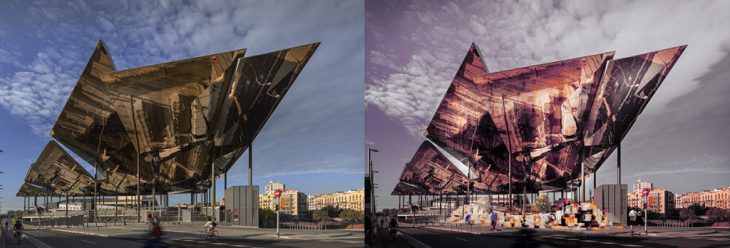
Street view (2): before and after
</p>